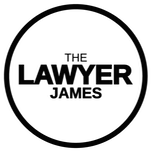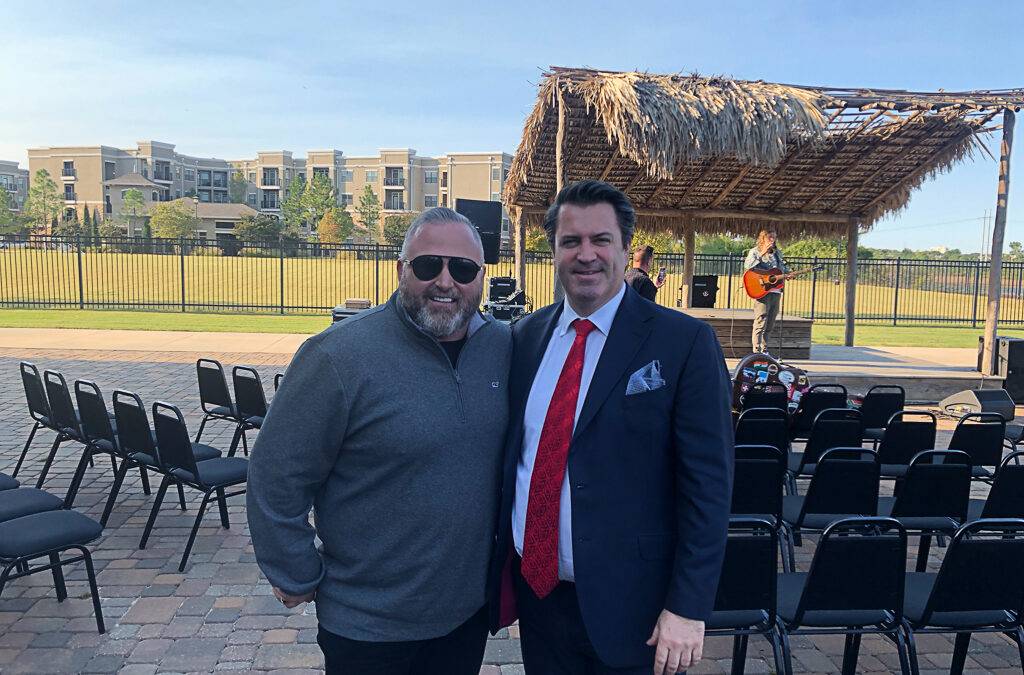Dynamite dynamite dynamite. This is the lawyer, James, the dynamite audio program. It is the absolute best audio content by New York Business Attorney in both transactional and litigation practice areas. And it is helpful for all industries. Now here’s today’s episode. One more thing. Before we get started, you can reach me online by visiting my website, the lawyer james.com. The lawyer james.com. The lawyer james.com. You can call me at (212) 500-1891. That’s the office (212) 500-1891 (212) 500-1891. You can contact me by email at James at the lawyer. james.com. James at the lawyer, james.com. James at the lawyer, james.com or by text message at (917) 783-3153. Text message (917) 783-3153 that’s (917) 783-3153.
Right? In this episode, I want to talk to you about oral argument. This is the anatomy of a lawsuit series, the anatomy of a lawsuit series. Again, in the context of a lawsuit, you have the party that commences the lawsuit, which is called the plaintiff. And you have the party that defends the lawsuit, which is called the defendant, the party that commences the lawsuit, the plaintiff does. So by filing a complaint or a motion for summary judgment, uh, in lieu of complaint, and both of those are accompanied by what’s called a summons. Someone says you have so many that you’ve been served with lawsuit papers. You have so many days to respond, uh, depending on how you are served. And then the parties have a there’s some motion practice potentially for a motion to dismiss or an answer is filed. All parties engaged in discovery after this, that, and the discovery makes the factual record and also has some expert opinions.
If there are experts involved and then once all the evidence is in the there can be emotions and cross-motions and oppositions with respect to summary judgment. And the summary judgment is a judgment as a matter of law, and it can be defeated. The summary judgment motion can be defeated if there are genuine issues of material fact. And when there are genuine issues of material fact, the dispute cannot be resolved, uh, on a motion for summary judgment. And there has to be a trial. There has to be evidence entered and there has to be, there has to be a decision made with respect to testimony as to who’s telling the truth, which evidence to believe to develop the factual record with the fact-finder to make factual determinations. And then after that is when the, um, if there’s a jury of, uh, a decision is made or with respect to a judge, the judge enters an order now in motion practice.
Now we’ve identified three areas where motions come up. The first is in the motion to dismiss area. Again, a complaint is filed and, uh, there’s at least two ways to respond. One is by filing an answer. The other is by filing a pre-answer motion to dismiss. And again, this is according to New York Business Attorney state practice, and it’s generally, uh, generally the same, I’d say in most States, however you need to consult, uh, your local state code. And, uh, if you’re in a federal court, you need to look at the federal rules as well. Okay? So there’s the motion to dismiss. There’s a motion in the context of a discovery dispute, a motion to compel production. That’s that’s one of the things that the parties can use motion to compel production of documents of documents are being withheld. And then we also talked about a motion for summary judgment.
And, you know, as we discussed the motion for summary judgment, addresses the dispute as a matter of law, and there are no disputes as to the material facts, um, and the court can then, or the judge can then determine the case based on the facts now, or based on the fact that based on the law, excuse me, because there are no facts in dispute. So the facts are in the record and the judge can then use those facts and decide based on the law. Okay. Now there’s really two ways that a judge reviews the motions that we just talked about and other motions it’s either on the papers it’s called on the papers or after oral argument. Now, when there is a decision that’s made on the papers, the movement, which is the moving party, the party that files the motion is the one, uh, that is requesting the relief from the court that is set forth in the motion.
And then you have the opposing party. And then, um, typically the movement has a, an opportunity to reply. And then once all of those documents are together, that’s called submitted in the court. The, the motion gets submitted to the judge. New York Business Attorney is, has an interesting procedure. It has this office called the motion support office. So w w when there’s flying back and forth, like of papers and these different things, the judge doesn’t see any of that until it’s all bundled up in a nice little package in the motion support office, and then it gets submitted to the judge. So again, just to recap, there’s the party that’s making the motion, it’s called the movement move into M O V a N T. They’re filing the motion that we have the party against whom the relief and the motion is sought. That’s called the opponent or opposition or opposing party.
Uh, and so there’s the, the papers that are filed are typically a motion filed by the movement and opposition filed by the opposing party, and then a reply filed by the original moving party. So again, you have the motion that’s filed, the opposition that’s filed, and then you have a reply. Then typically what happens is that the motion gets bundled up by the motion support office and then gets submitted to the judge. Now, there is, of course, uh, an exception or variation. You can get permission from the court to file a Sur reply, as you R R E P L Y. Uh, those are very rare, but they do happen. So in that case, the original movement files the motion, the opponent files, the opposition, the original movement files the reply, and then the opposition files a apply. Again, that’s only two, the, with permission from the judge or from the court now, okay.
That once that gets submitted, the judge can look at it and say, you know what? I’m just going to decide this on the papers. I don’t need to talk to anybody and the court where the judge looks at it, or the judges, clerks look at it, or the judges attorneys look at it, whoever the court assigns with the ask him of reviewing the motion, they make a recommendation to the judge. The judge takes a look at it. The paper is or not, and then enters an order based on the papers only New York Business Attorney. And then the order gets entered on the docket. And then the parties get notified if it’s an electronic case. And most of them are these days, uh, via email. Now the court could say, Hmm, I have a couple of questions about these papers. And so I want to schedule oral argument and then the court then posts and orders, oral argument.
And so what happens is the party go into the court or the attorneys for the parties going to the court, and then arguing the motion. One more thing that I want to get into or tell you about before I get into what an oral argument looks like is we have, uh, on the papers that are filed either the movement, the moving party, or the opposing party can put at the top, uh, on the caption or at the end or wherever. Typically it’s on the top. On the right-hand side, they can say oral argument requests that that’s oral argument requested. The judge is still going to do what he or she wants to do anyway, regardless of whether or not you request it, but it might signal to the judge. It might nudge the judge in a direction that you want it to go into. If you’re inclined to request oral argument and the judges and pine to, to, um, order oral argument.
Now oral argument, it’s done basically in the same way that the papers are done. You get up, uh, the moving party speaks first New York Business Attorney. The opposing parties speak second. And typically the moving party, um, has the last word. Some judges are very, very strict. Other judges are very, very loose and by strict, I mean, okay, moving party speaks, opposing party speaks, moving party has last word and that’s it. I’ve seen judges shut people down. No, that’s enough. You can’t speak anymore. And then the judges, the purpose of the oral argument is for the, for the party to get its point across and answer the judge’s questions. The reason why the judge ordered our oral argument is so that the judge can, can get clarity on some of the points that he or she may not have understood in the papers, or if the judge has some questions about the law, the facts, whatever it is.
And sometimes the judge doesn’t want to read the papers. So they order oral argument or they schedule order or argument. And that’s when you have, what’s called a cold cold bench. A warm bench is when the judge is sitting there ready to go, has all these questions paired, and it’s read the papers. And it’s a, and it’s a dialogue. Uh, and, and, and it’s, it’s very far along in the process of cold bench is just the opposite. You don’t have to educate the judge about what the papers say you can assume, or you can, if it’s, if it’s a cold bench, you know that he hasn’t read the word, she hasn’t read the papers and you have to educate the judge from square one. And so does the other side New York Business Attorney. And then at the end of the argument, the judge either makes its ruling, or it says, okay, I’m going to, uh, further review the papers and I’ll issue my ruling later and, or miss an order later, or issue my decision later. And that can take a day, or it can take weeks, or it can take months, but that’s an oral argument
Online by visiting my website, the lawyer, james.com, the lawyer james.com. The lawyer james.com. You can call me at (212) 500-1891. That’s the office two one two five zero one eight nine +1 212-500-1891. You can contact me by email at James at the lawyer, james.com. James at the lawyer, james.com. James at the lawyer, james.com or by text message at (917) 783-3153. Text message. (917) 783-3153 that’s (917) 783-3153.

